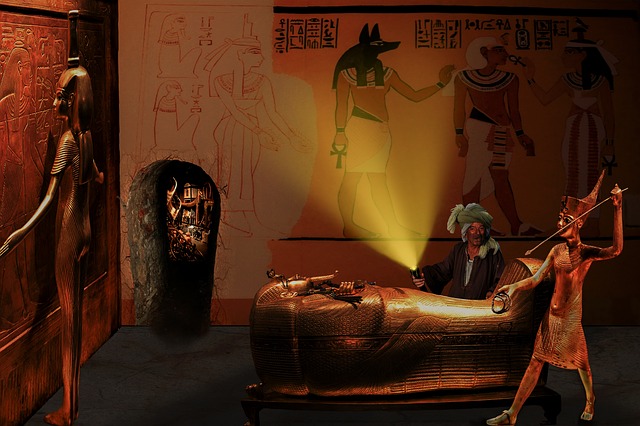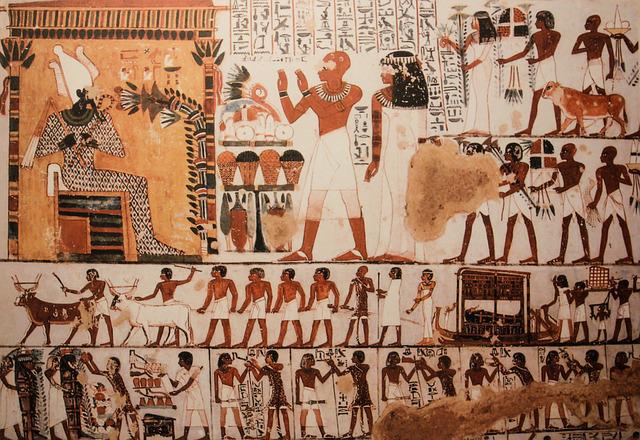
The first time a British archaeologist, Howard Carter, opened an Egyptian sarcophagus in the Valley of the Kings on February 16, 1923, he sparked interest and mystery over an ancient Egyptian boy king.
Who was King Tutankhamun, the ruler of Egypt who lived 3,300 years ago and how did he die?
How did king Tut die?
The most likely scenario is that he died from an infection in his broken leg. In 2005, CT scans of King Tut’s mummy revealed that he had a fracture in his left thighbone, which had become infected.
The infection would have been painful and deadly, and the fact that Tutankhamun was only 19 years old when he died suggests that he might not have had the strength to fight it off.
It’s also possible that King Tut died from complications related to malaria.
Malaria is a disease that is spread by mosquitoes, and it was common in Egypt during the time of the Pharaohs.
King Tut’s mummy showed evidence of having been infected with the disease, and it’s possible that he died from complications related to it.
There have been other theories about how King Tut died, but the most likely scenario is that he died from an infection in his broken leg or from complications related to malaria.
Either way, his death was probably sudden and unexpected, and it left Egypt without a clear heir to the throne.
Read also: How Was Avogadro’s Number Determined
The chariot crash theory
One popular theory holds that King Tut died in a chariot crash. This theory is based on the discovery of a fracture in his left thighbone.
It’s possible that this fracture was caused by a chariot accident, and that it led to an infection that eventually killed him.
However, there are some problems with this theory. For one thing, there’s no evidence that Tutankhamun was involved in a chariot accident.
And even if he was, it’s not clear how such an accident would have caused the kind of fracture that was found in his thighbone.
Another issue with this theory is that it assumes that King Tut died suddenly and unexpectedly. But there’s evidence to suggest that he was ill for some time before his death.
If he had been in a chariot accident, it’s unlikely that he would have been able to keep it secret for long.
Read also: Top 5 Nikola Tesla’s Inventions List

The murder theory
Another popular theory is that King Tut was murdered. This theory is based on the fact that he had a broken rib and a hole in his skull.
It’s possible that these injuries were caused by a blow to the head and that they led to his death.
However, there are some problems with this theory as well. For one thing, it’s not clear how King Tut could have been murdered without anyone knowing about it. And even if he was murdered, it’s not clear why anyone would want to kill him.
It’s also worth noting that the injuries to King Tut’s body could have been caused by the embalming process.
In ancient Egypt, the embalmers often broke the ribs of the mummy in order to remove the organs. And they sometimes drilled holes in the skull in order to remove the brain.
So, while it’s possible that King Tut was murdered, it’s also possible that his injuries were simply due to the embalming process.
Read also: What’s the True History of the Kelly Gang
The theory that makes the most sense (Conclusion)
Based on the evidence, the most likely scenario is that King Tut died from an infection in his broken leg.
This theory makes sense of the facts and doesn’t rely on any unsupported assumptions.
It’s possible that King Tut was in a chariot accident or that he was murdered, but there’s no evidence to support these theories. And even if they were true, it’s not clear how either of these events would have led to his death.
The most likely scenario is that King Tut died from an infection in his broken leg. This theory makes sense of the facts and doesn’t rely on any unsupported assumptions.



